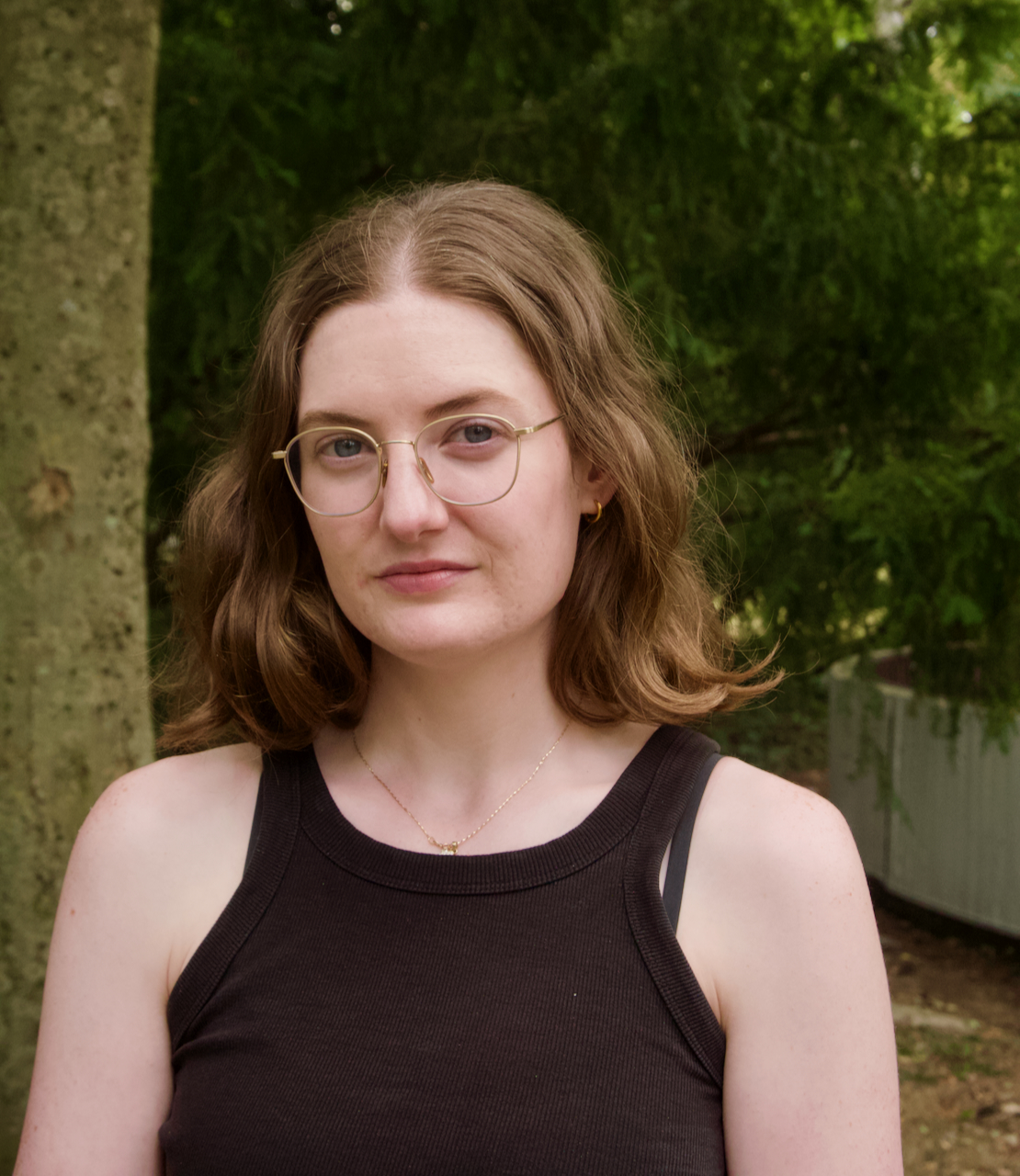Fashion Design | Graduation Series 2025
Maurice van Schendel (24) is finishing his studies in Fashion Design at the Willem de Kooning Academy, while simultaneously completing a degree in international law at Erasmus University College. It’s a rare combination - fashion and law - but for Maurice, it makes perfect sense. “Fashion has always fascinated me,” he says. “But I’ve also always had an academic drive. I wanted to contextualize design with something broader.” His graduation year is a testament to that mindset, with two distinct projects running in parallel: a thesis on EU legislation and its impact on fast fashion, and a fashion design project focused on functional workwear for the offshore wind industry.
Graduation Project: From High Fashion to Offshore Functionalism
Maurice’s graduation project at WdKA might surprise those expecting a conventional runway collection. Rather than designing “looks,” Maurice has immersed himself in the world of offshore wind energy - an emerging industry seen as key to combating climate change. His workwear designs cater to those working on wind farms at sea: garments that are warm, waterproof, buoyant, and built to withstand the extreme conditions of open water. “Offshore wind energy is one of the more promising solutions for reducing carbon emissions,” Maurice explains. “But it's still a young sector, and the people maintaining those turbines deserve gear designed specifically for their needs.” From trousers and jackets to fleece mid-layers, Maurice’s focus is fully on functionality. The technical requirements are strict: the clothing must help regulate body temperature, repel water, and potentially even save lives in emergency situations. “There’s no zipper or pocket on these garments that doesn’t serve a real purpose,” he says.
Why Offshore?
Maurice first encountered outerwear design during his time at the academy and quickly realized it was where he felt most aligned. “I was drawn to it because it places functionality above all else,” he says. “The fashion industry, especially fast fashion, has become this hyper-commercialized machine. But outerwear is meant to last. Each item serves a purpose, and that’s where I find meaning as a designer.” That purpose-driven approach aligns with his academic research. While his WdKA project stays clear of high fashion, his legal thesis at Erasmus University focuses on new EU legislation and how it challenges companies like H&M. “There’s a real need to regulate the industry more strictly,” he says. “With my background, I see potential in working at the intersection, maybe as a legal advisor in the fashion world.”
Process, Challenges, and Making it Real
The biggest challenge, Maurice says, was narrowing things down. “I always want to do a lot. But I had to be realistic: what can I actually finish within this timeframe?” Designing highly technical garments required more than just studio time. Maurice sought out offshore industry experts, visited trade fairs, and tapped into networks of wind farm contractors. “Sometimes I’d spend hours trying to solve a design problem, only to find out someone in the field already has the answer.” Though he’s primarily been working digitally, he’s producing physical samples and plans to share his designs with the professionals who helped shape them. “I want this project to live beyond the academy. Hopefully it can develop further with those stakeholders.”
Looking Back, Looking Ahead
Maurice’s journey through the academy has seen a big shift: from dreams of leading a high fashion brand to a deeper engagement with sustainable design. “In my first year, I was sure I wanted to reinvent an old fashion house,” he laughs. “Now, five years later, I’ve found something much more meaningful to me.”
His time at WdKA gave him the space to explore both autonomous and applied design. “The facilities, especially the Fabric Station, are incredible. And I’ve always felt supported in pursuing this more technical path even though it’s outside the usual high-fashion narrative.”
Next Steps
After graduation, Maurice is moving to Switzerland, where he previously interned at a small, queer-led fashion label. That experience turned out to be transformative. “It wasn’t even outerwear-focused, but I found myself fascinated with the technical aspects. And when I met people working in outerwear, I thought: this is it.”
He hopes to continue working in the outerwear industry and is applying for positions now. “It’s less competitive than high fashion and more aligned with my values. I don’t plan to study further immediately. I’m ready to start designing professionally.”
Advice for Future Students
“Let go of expectations,” Maurice says. “Use your first two years to experiment and try things you don’t know. That’s how I discovered what really excites me.”
And one final reflection: “Doing an internship abroad changed everything for me. Sometimes stepping into a world you’re unfamiliar with helps you to figure out what you really want”


